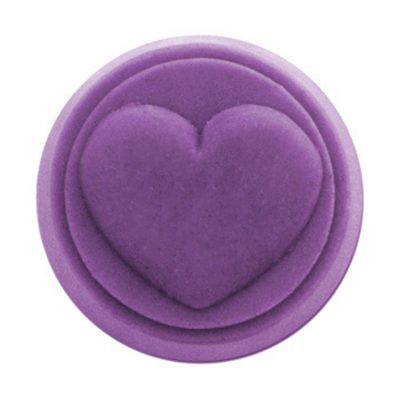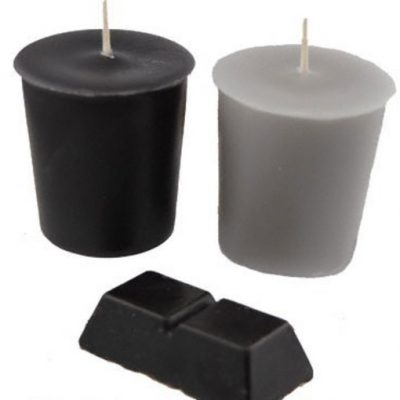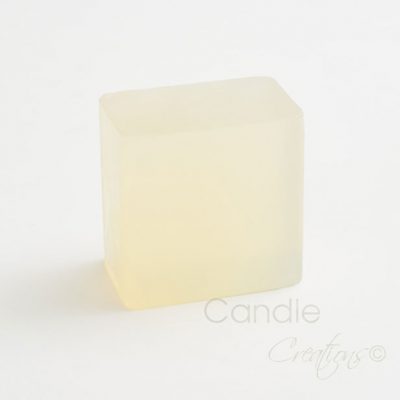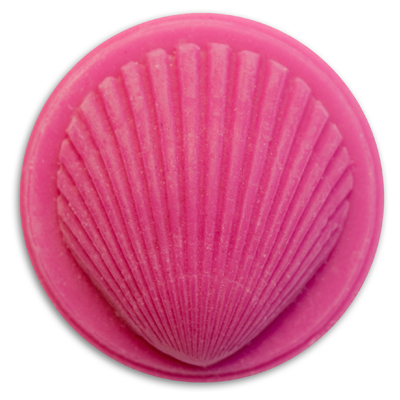So often when you learn a new hobby you hear terminology that is alien to you and all too often we are too embarrassed to ask what this means. So we have come up with a friendly guide to help with these common candle making terms. Whether you’re a seasoned crafter or just lighting your first wick there is always something to learn about candle making!
Candle Crafting Terms to Illuminate Your Knowledge
Burn Cycle
Think of the Burn Cycle as your candle’s performance evaluation. It’s the process of burning a candle for about 4 hours, then letting it cool. This helps assess how well the wick is doing and calculates how long that lovely glow will last.
Cold Throw
Ever notice how a candle smells even when it’s not lit? That’s the Cold Throw! It’s all about the fragrance strength before you light that first flame, typically checked within the first day or two after making your candle.
Discolouration
Does your candle change colours over time? Discolouration can be due to fragrance oils like citrus or cinnamon, sunlight, or harsh lighting. But don’t worry, it’s just part of your candle’s character! And if it really bothers you then you can use a colour UV light absorber block when you make your candles to avoid this happening.
Fragrance Load
This is your recipe for a fragrant masterpiece. It’s the percentage of fragrance added to the wax. For example, 30ml. of fragrance in 300ml jar equals a 10% fragrance load—just the right balance for a delightful aroma.
Frosting ❄️
Those charming white crystals on your soy candles are called Frosting or Bloom. It’s common and can be reduced by pouring your wax at the right temperature, between 60-62 degrees.
Glass Adhesion ️
Also known as Wet Spots, this happens when wax pulls away from the glass. It’s all about achieving that snug fit for a seamless look. Again this can be avoided by monitoring your pour temperature.
Gutter
Prevent melted wax from flowing out of control! Gutter refers to excess wax running down the side of a free-standing pillar candle.
Hang-Up
When unburned wax clings to the sides of a jar, it’s called Hang-Up. This does not always look that nice and may dissipate next time you burn your candle.
Hot Throw
Once your candle is burning, the Hot Throw is the fragrance’s strength. To really get a complete picture of the hot throw burn you candle for around 2-4 hours, filling your space with scent.
Jump Lines
Unintended lines on your candle? These Jump Lines can occur when wax is poured at too low a temperature or into a cold container.
Melt Point ️
This is the temperature where wax transitions from solid to liquid—a crucial moment in your candle-making journey!
Melt Pool
As your candle burns, it forms a Melt Pool—this liquid layer is essential for a consistent burn and fragrance throw. This melt pool can indicate whether you have got the right wick size for your container. Too much melted wax and you wick could be too large.
Mix Temperature
Add colour and fragrance at just the right Mix Temperature—82ºC is ideal for vibrant, aromatic candles.
Mushrooming
Carbon build-up at the wick’s end is called Mushrooming. It’s often due to incomplete combustion, but easily managed with the right wick and additives. Some wicks are more prone to mushrooming than others so make sure you test your wicks.
Out of Bottle
First impressions matter! The initial evaluation of a fragrance right from the bottle is called Out of Bottle, or OOB.
Pour Temperature
Make sure you have a good thermometer to help with your pour temperature. For a flawless finish, pour your wax at the recommended temperature, this can differ depending on the wax you are using. We tend to pour GW464 at 62 degrees.
Power Burn ⚠️
Burning a candle for more than 4 hours? That’s a Power Burn. While tempting, it’s not recommended for safety.
Sink Holes
Avoid those pesky Sink Holes! They form as air pockets as the wax cools, leaving craters at the surface. Remember pour slow and steady and ensure your room it at an ambient temperature for the candle to cure.
Transition Temperature
This is the magical moment when cooling wax transitions from liquid to solid, forming its unique crystalline structure.
Tunneling ️
When your candle burns down the center without a full Melt Pool, it’s called Tunneling. Proper wick sizing can help prevent this from happening.
Viscosity
Viscosity is how your wax flows. Think of it as the wax’s dance partner in the crafting process!
Wick Down
Choosing a smaller wick within the same series is called Wicking Down. It helps achieve the perfect burn.
Wick Up
When more power is needed, Wick Up! It involves sizing up your wick for optimal performance.
At Candle Creations, we’re passionate about turning candle-making into an art. Dive into these terms, experiment, and let your creativity shine! And don’t hesitate to reach out with any questions—we’re here to support you, one candle at a time.






